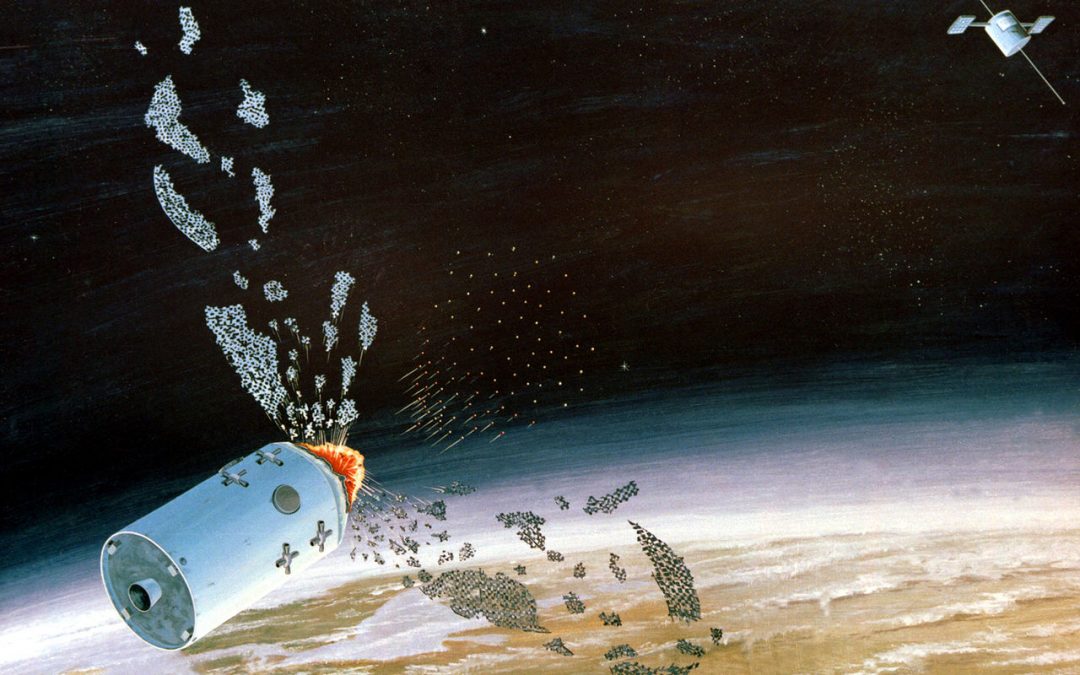Image: US Department of Defense
Blog Editor’s Note: A very good column by Doug Taggart who writes “Defense Matters” for the quarterly ION Newsletter. And we love the sub-head “Just Saber Rattling – It is… until it isn’t.”
Most of this thoughtful piece is about space debris,. It should be required reading for everyone concerned about space operations and assets.
His saber rattling comment, though, caused us to think about Russia’s calculus and whether or not they might actually move against GPS.
Some questions to consider listed in no particular order:
- In a conflict, or leading up to one, could Russian leaders convince themselves that an attack on GPS is a justified tactical maneuver rather than a strategic, near existential stroke?
- How would the US respond to a kinetic attack on GPS satellites?
- Russia reportedly has nuclear powered EW satellites in place that can disable GPS and other satellites either temporarily or permanently. How might the U.S. response to a serious EW attack differ from its response to a kinetic attack?
- Russia is far less dependent on GNSS than the U.S. – Would the U.S. response to a Russian attack on GPS have to be be more than an just attacking GLONASS?
- Could Russia launch a kinetic attack against GPS sats that would create minimal space debris?
- Russia wants to be at least a peer of China and the U.S., but has clearly fallen into third place in the world. If they felt they were falling further behind, or were in extremis during a conflict, would they sacrifice safe operations in MEO, or maybe even write off MEO altogether, in order to regain status in the world?
- Could Russia mount kinetic or EW attacks on GPS satellites that would be difficult or impossible to trace back to them?
We are sure (or at least we hope) the National Security Council is asking itself these kinds of questions.
Perhaps they should also ask themselves “How can we get the bullseye off GPS?”

Winter 2022
Defense Matters
Russian Anti-Satellite Threats Against GPS –
Just Saber Rattling? – It is…until it isn’t.
Doug Taggart
President, Overlook Systems Technologies, Inc.
On November 15th, Russia tested a direct-ascent, anti-satellite (DAASAT) missile that struck one of its own satellites in low Earth orbit (LEO) and created a large debris field. The U.S. Space Command’s Public Affairs Office reported that the test had “…generated more than 1,500 pieces of trackable orbital debris and will likely generate hundreds of thousands of pieces of smaller debris.”
“Russia has demonstrated a deliberate disregard for the security, safety, stability, and long-term sustainability of the space domain for all nations,” said U.S. Army Gen. James Dickinson, U.S. Space Command commander in the statement. “The debris created by Russia’s DA-ASAT
will continue to pose a threat to activities in outer space for years to come, putting satellites and space missions at risk, as well as forcing more collision avoidance maneuvers. Space activities underpin our way of life and this kind of behavior is simply irresponsible.”


